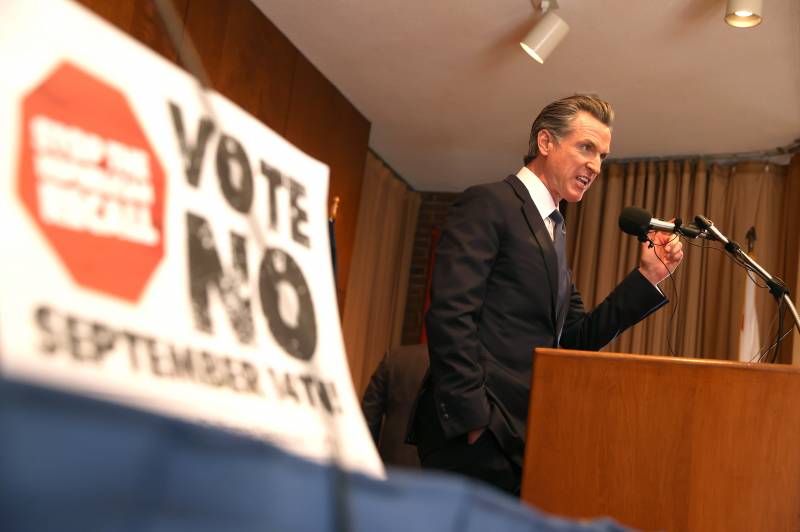California legislative leaders wasted no time announcing their intentions to reform the state’s more than century-old recall process, after voters on Tuesday overwhelmingly defeated a prolonged and costly effort to oust Gov. Gavin Newsom.
Voters want to be able to hold leaders accountable, said state Sen. Steve Glazer, D-Orinda, chair of the Elections and Constitutional Amendments Committee.
“But they don’t want this partisan manipulation where a small minority can force an election and have a candidate prevail with less than a majority vote. That is anti-democratic,” he said.
The State Senate and the Assembly elections committees will hold joint hearings in the coming months to explore possible reforms to the 1911 constitutional amendment. One proposal on the table would increase the number of signatures needed to qualify a recall for the ballot. (Currently, that qualifying threshold for executive officials — like the governor — is 12% of the total number of votes cast in the most recent election, and 20% of total votes for state legislators and judges.)
Another proposal is to divide the recall into two separate ballots, with the first asking voters if an official should be recalled, and the second asking who the replacement candidate should be.

